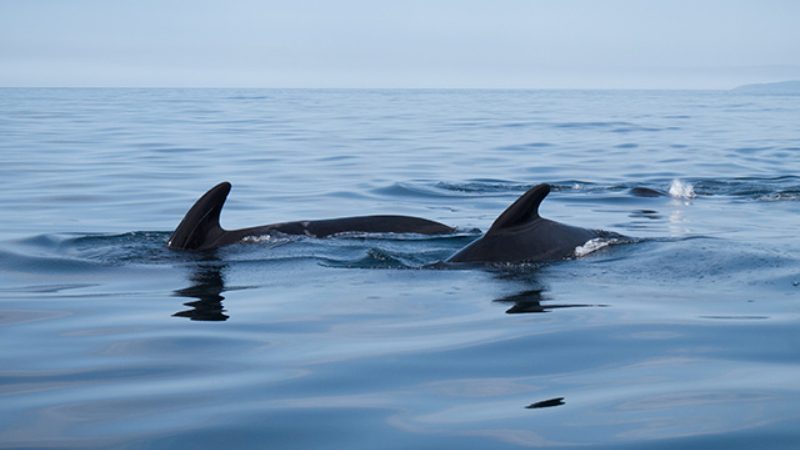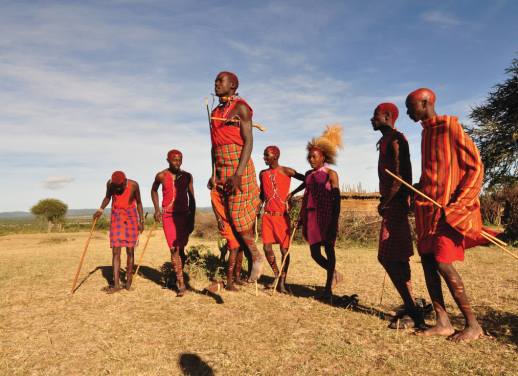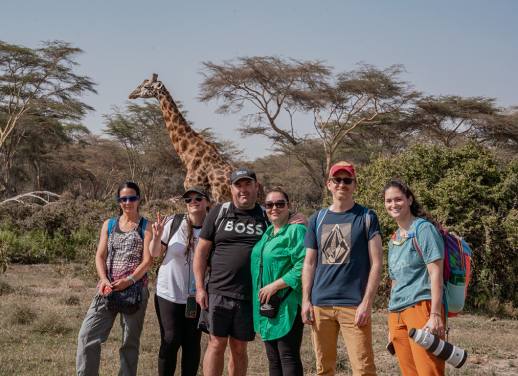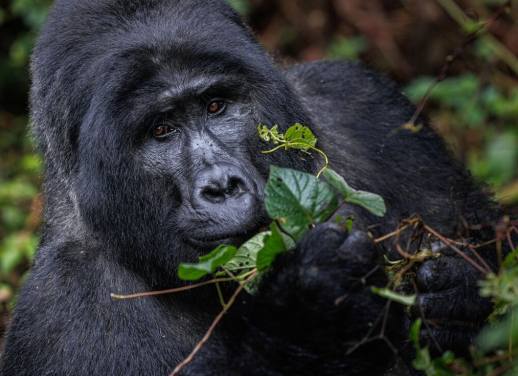Whale-come to Nova Scotia, a Canadian province full of coastline spots primed for watching the ocean’s largest mammals in their natural habitat.
There is plenty to do in the maritime province of Nova Scotia including driving the scenic Cabot Trail, wandering the colourful streets of Lunenburg, and discovering the picture-perfect lighthouse at Peggy’s Cove. However, one of the best ways to acquaint yourself with the natural beauty of this region is to visit a whale-watching spot and marvel at the way these majestic animals breach the water’s surface.
Every year from May until October (whale watching season), there are as many as twelve species of whale, including the humpback, minke, pilot, sei, and fin whales, that make the waters off the coast of Nova Scotia their home. So, dust off the binoculars, charge your camera’s battery and prepare yourself to catch a glimpse of these legendary sea giants at these four whale-watching spots in Nova Scotia.
1. Cabot Trail, Cape Breton
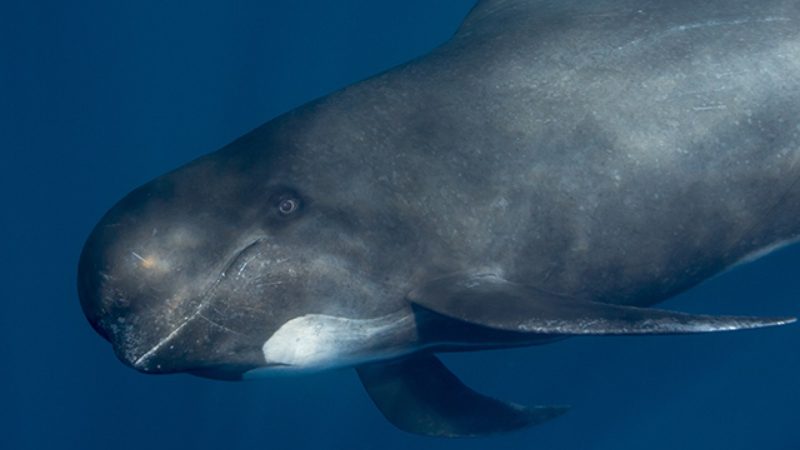
You can’t travel to Nova Scotia and not drive along the Cabot Trail, and while you’re there, it just makes sense to stop and watch as whales of every size and species play underneath the sea’s salty surface. Heralded as one of the best places to go whale-watching in all of Nova Scotia, the Cabot Trail offers eager animal lovers the chance to get close enough to the water’s edge to perhaps receive a splash or two from a passing minke or pilot whale.
While it’s relatively safe to say you can spot whales anywhere along the Cabot Trail, Pleasant Bay or Ingonish are usually the go-to locations because of their proximity to the water itself but remember to pack waterproof clothes. No one likes to get back into the car soaking wet.
RELATED: 8 INCREDIBLE ANIMALS YOU’LL FIND IN CANADA
2. Digby Neck, Bay of Fundy
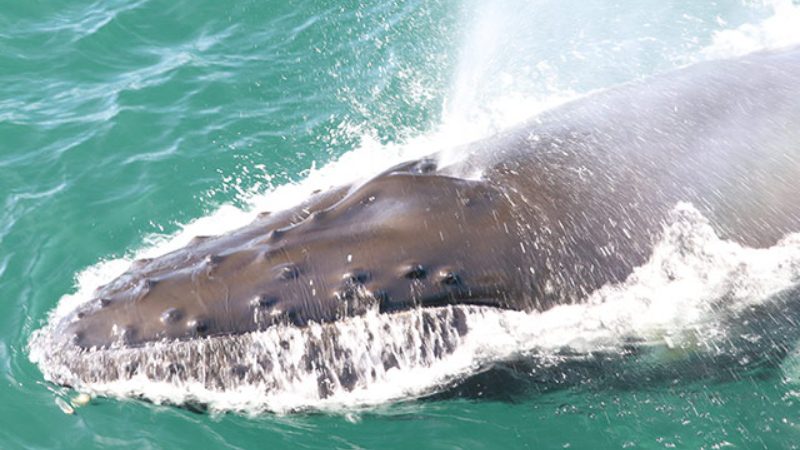
If you’re looking for another epic spot to seek out whales, then look no further than Digby Neck in the Bay of Fundy. Drowning in wildlife, the Bay of Fundy region sometimes boasts up to 300 whales come the summer/autumn season making it a prime-time whale spotting location in Nova Scotia.
Whether you want to take in the sights from the deck of a boat or a place on the shore, you’re bound to spot humpback whales travelling in pods, marvel at the small and gentle minke whale, and stare at the V-shaped head of a finback whale as it moves through the deep, blue water. Fingers crossed you’ll also catch a rare sighting of the mighty blue whale as it searches for its next feed.
3. Lunenburg
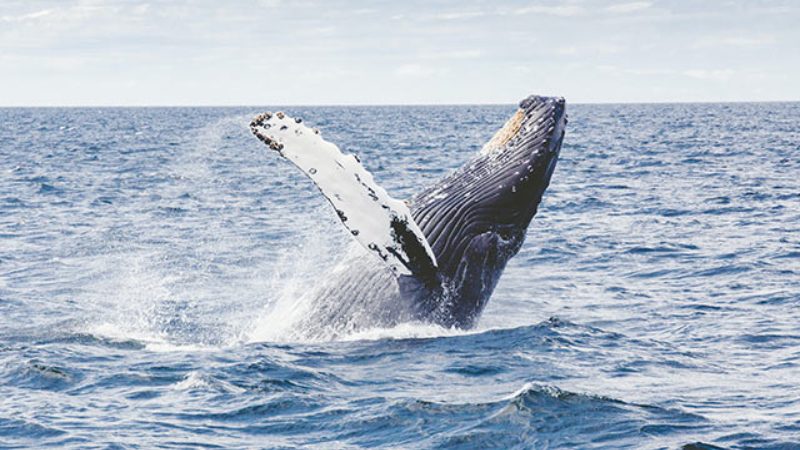
Holding front-row tickets to one of Mother Nature’s best marine shows is made all the more magical when you also have the chance to spot dolphins, ocean sunfish, bluefin tuna, and leatherback turtles as they play beneath the water’s surface in Lunenburg. This town might come across as sleepy on land, but it delivers big time on the animal front with sightings of fin, minke, and humpback whales recorded from June to October.
While you can scan the water from a spot along the shore, actually seeing a whale is more likely from the deck of a ship on a 3-hour boating adventure through the North Atlantic Ocean, departing from the town’s historic waterfront.
4. Halifax
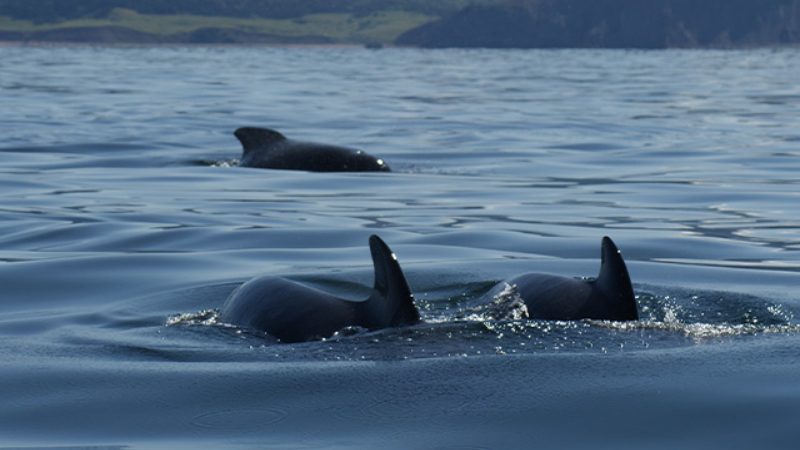
While Halifax isn’t always the best location for spotting whales in Nova Scotia, it should still do the trick if you don’t have time to make your way to other whale-infested regions throughout the province. All you have to do is hop on a boat tour departing from the Halifax waterfront and make your way through the Atlantic Ocean to watch minke, pilot, and fin whales dip beneath the water’s surface.
Guaranteed to be an experience you won’t forget; tours are relatively cheap and give you the opportunity to not only see these magnificent animals up close but also learn a bit about their habits and ecology. You might even be able to spot an endangered North Atlantic right whale as it glides effortlessly through its marine home from the deck of the boat.

